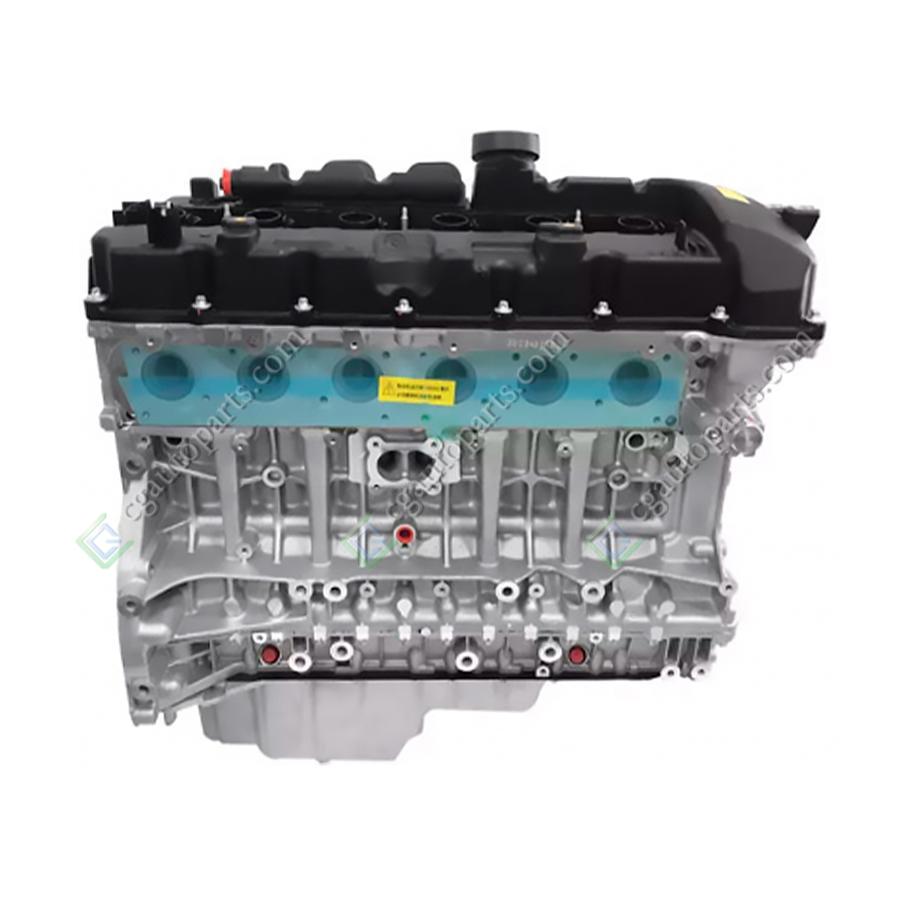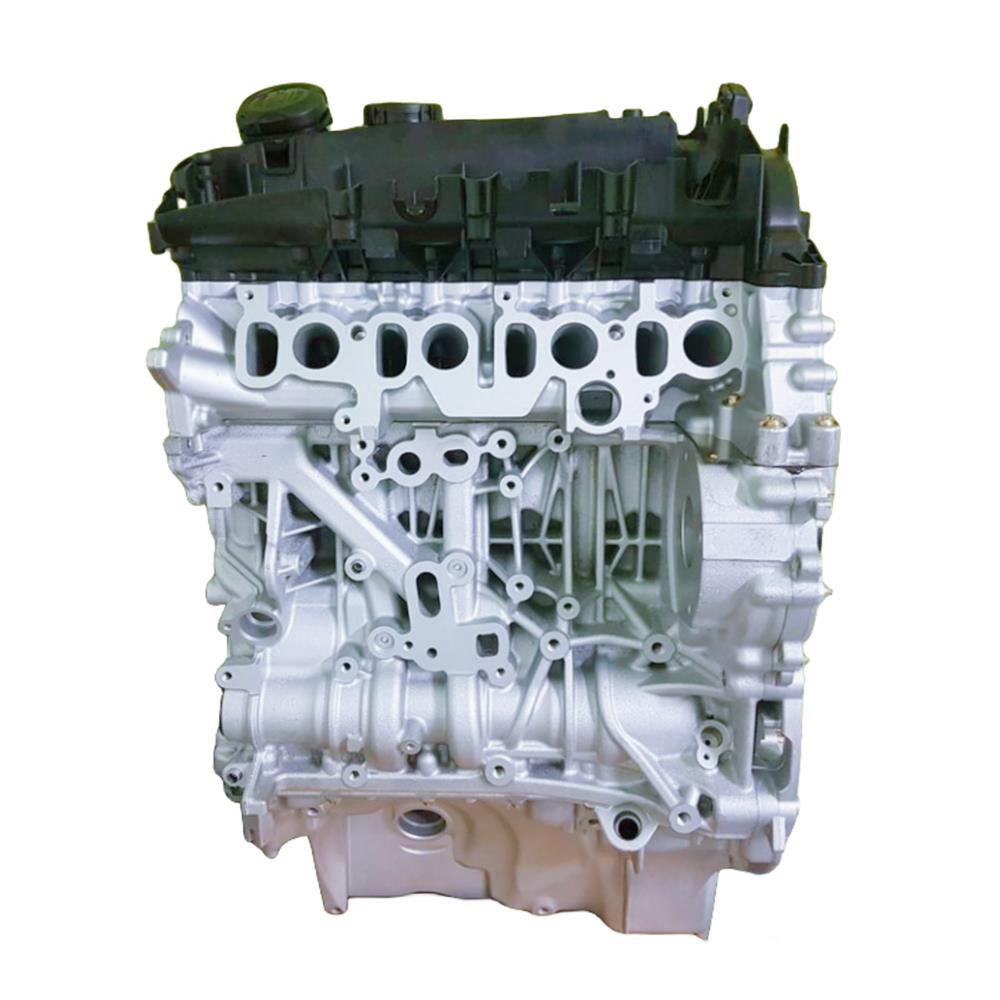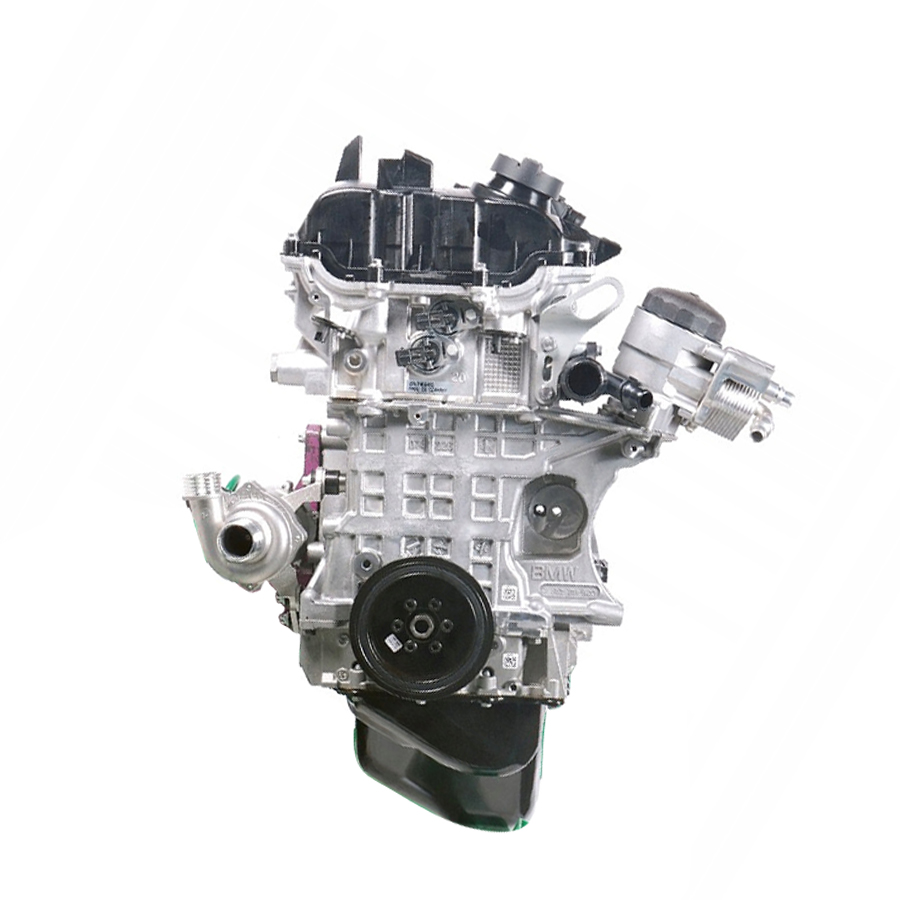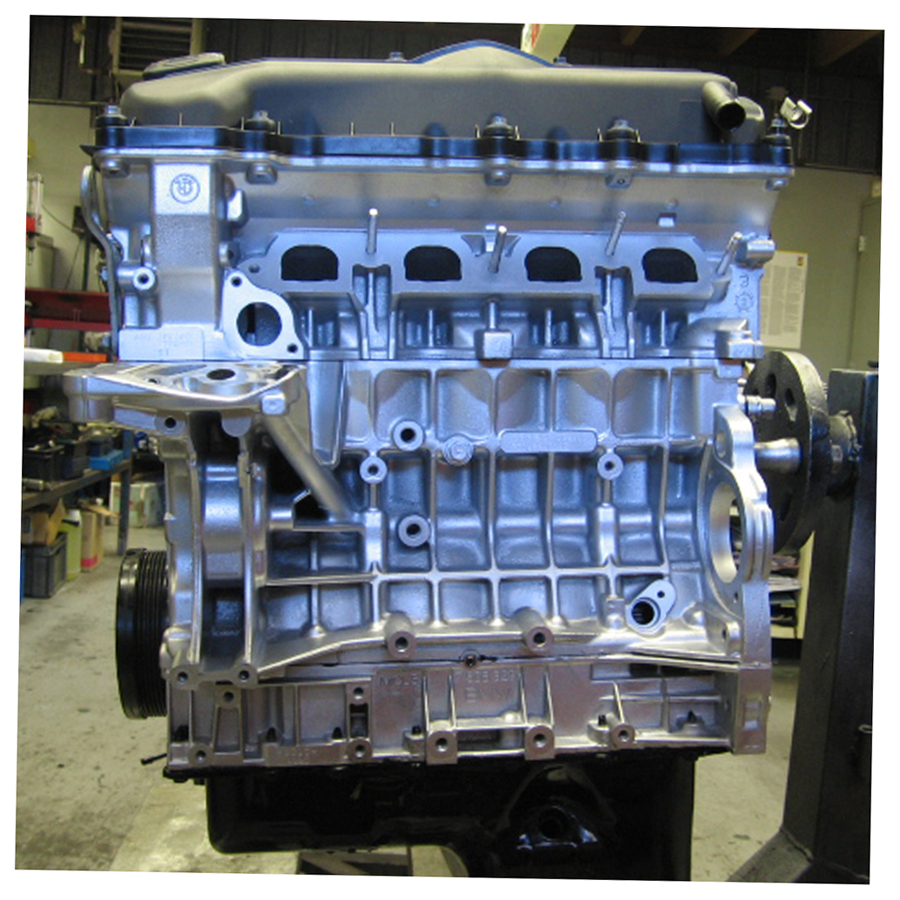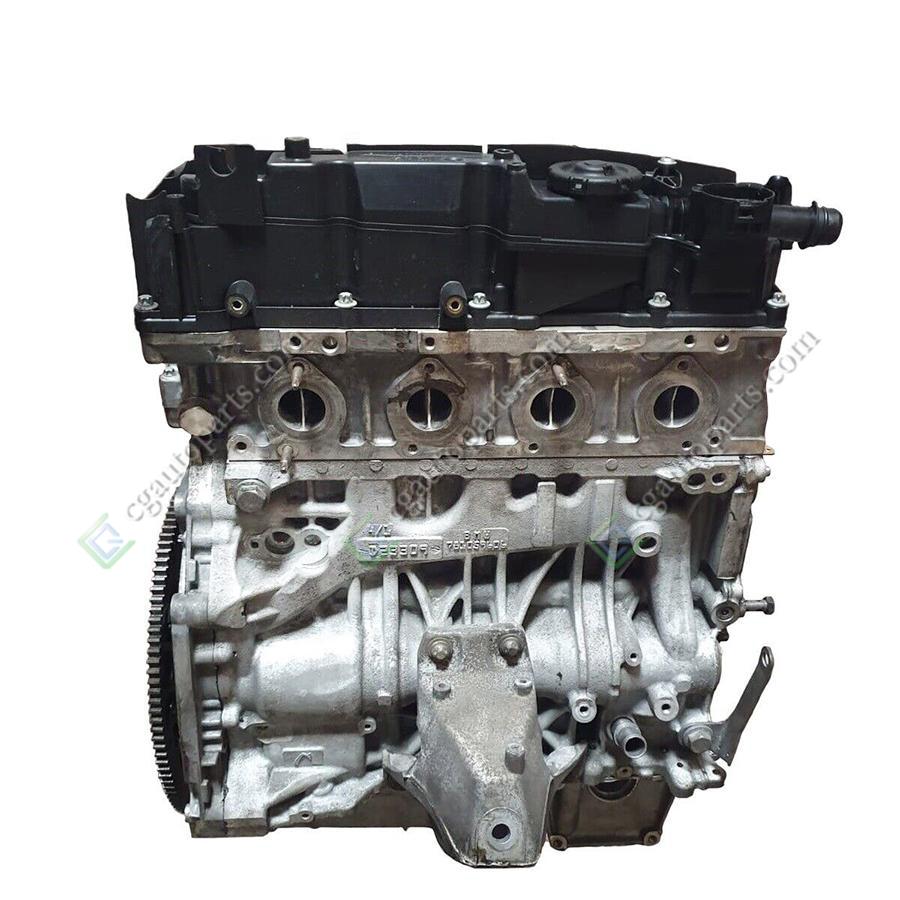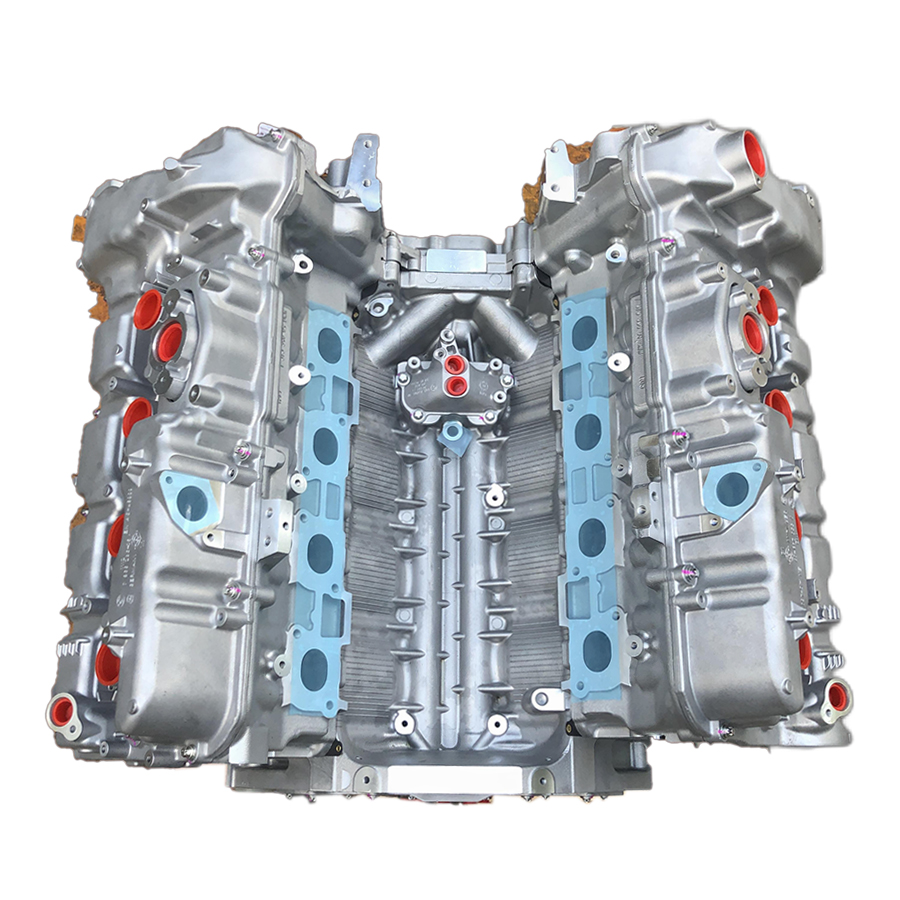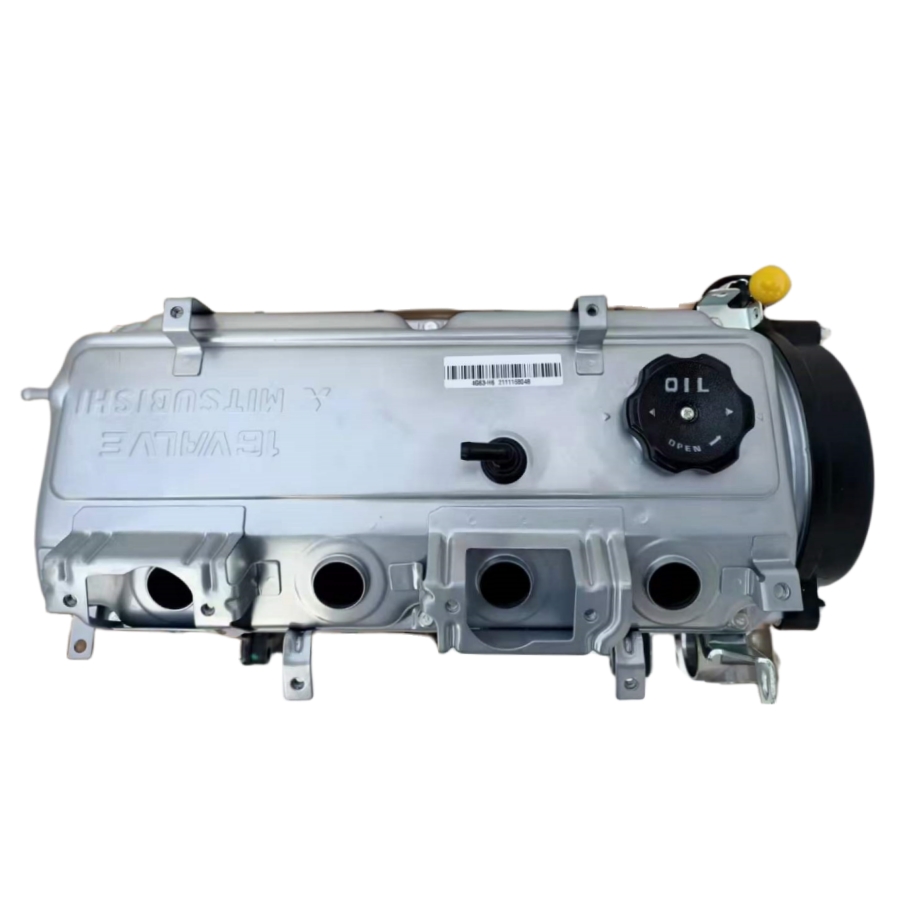COMPLETE ENGINE : Engine Mitsubishi 4G63
PRODUCT INTRODUCTION
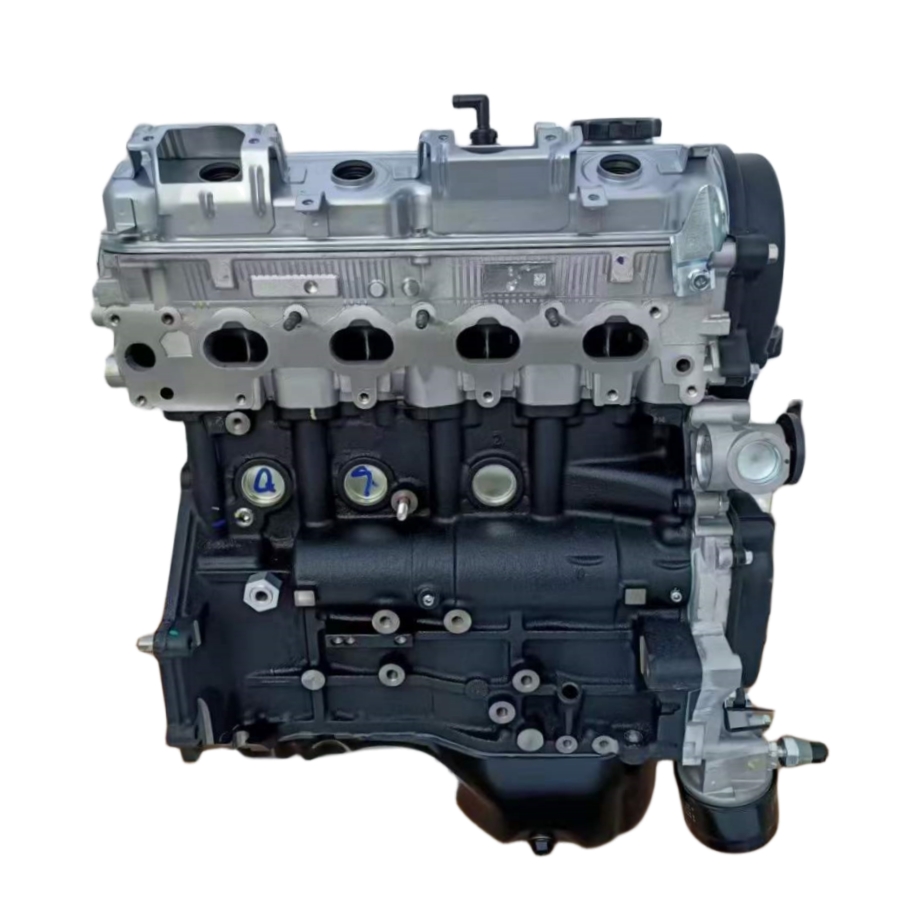
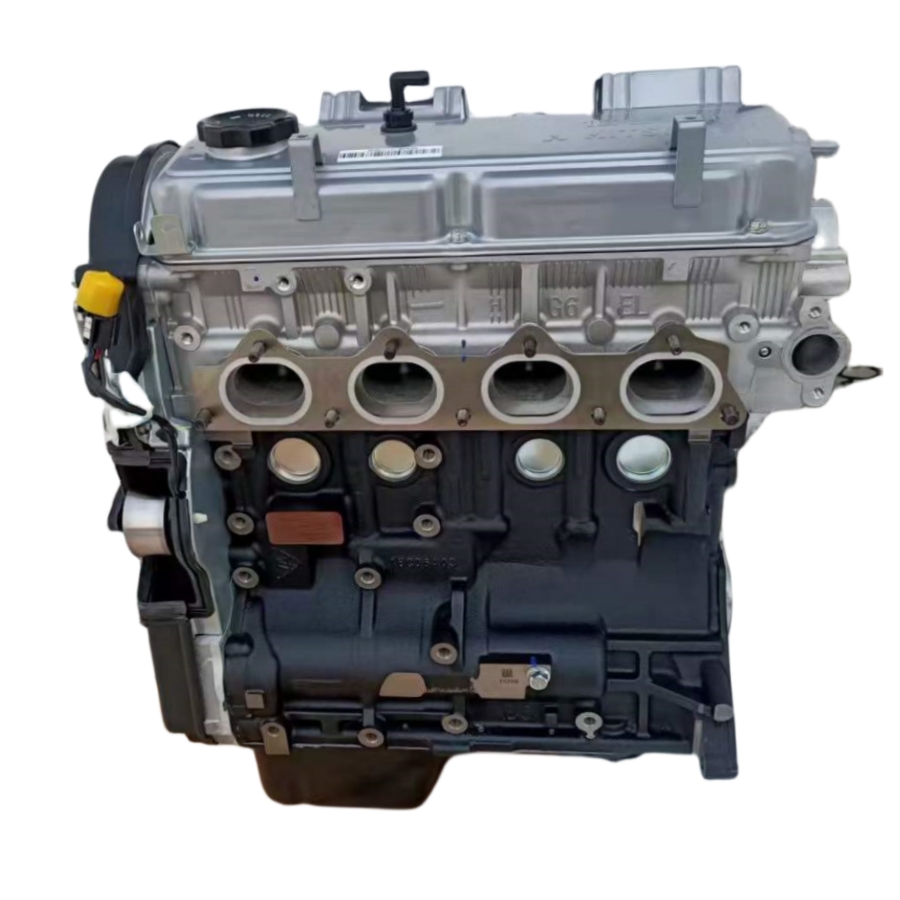





Specifications
Production years |
since 1981 |
Displacement, cc |
1997 |
Fuel system |
carburetor / single injection (4G63 SOHC 8V) |
Power output, hp |
87 – 110 (4G63 SOHC 8V) |
Torque output, Nm |
157 – 164 (4G63 SOHC 8V) |
Cylinder block |
cast iron R4 |
Block head |
aluminum 16v |
Cylinder bore, mm |
85 |
Piston stroke, mm |
88 |
Compression ratio |
8.6 – 9.0 (4G63 SOHC 8V) |
Features |
no |
Hydraulic lifters |
yes |
Timing drive |
belt |
Phase regulator |
no |
Turbocharging |
no (except for 4G63T, for which a separate article) |
Recommended engine oil |
5W-30 |
Engine oil capacity, liter |
4.0 |
Fuel type |
petrol |
Euro standards |
EURO 1 (4G63 SOHC 8V) |
Fuel consumption, L/100 km (for Mitsubishi Galant 1995) |
10.6 |
Engine lifespan, km |
~400 000 |
Weight, kg |
160 |




